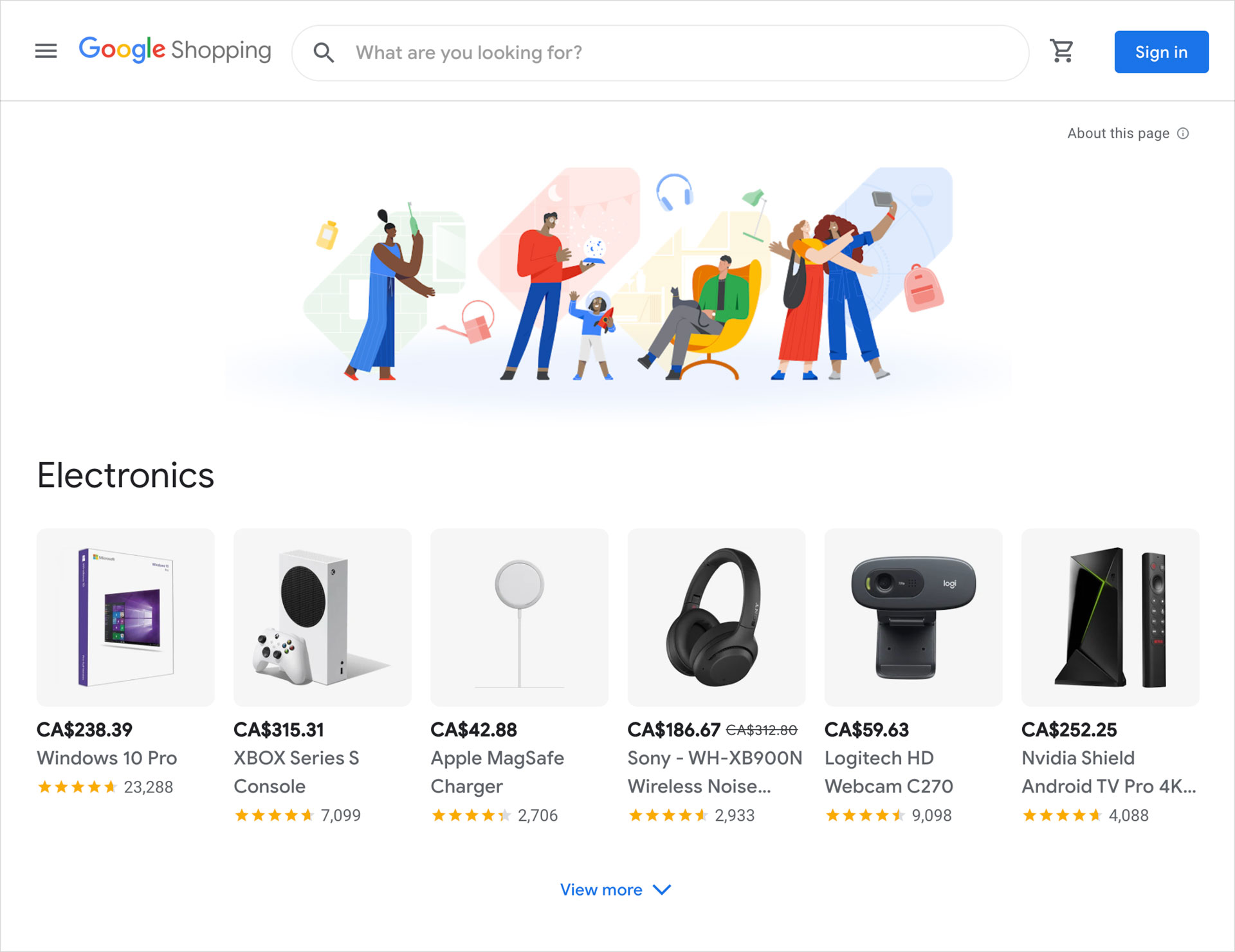

|
||
|
||
Over 20 years ago, in 1997, the very first social media platform, SixDegrees.com, was launched. Most of us have probably not heard of it, and that’s not surprising since the platform survived for only four years. Since then, there has been a surge in the number of social media platforms that have been launched: Friendster, MySpace, Foursquare, Classmates, Orkut, Facebook, Twitter, Flickr, Tumblr, Google+, Pinterest, WeChat, Vine, WhatsApp, Blogger, WordPress, LinkedIn, Youtube, TikTok, Instagram, Snapchat, ClubHouse, the list goes on.
While many of these platforms still exist, some have died a slow death, and some have experienced an abrupt end.
Take, for instance, MySpace. From 2005 to 2008, Myspace was the largest social networking site in the world. In 2008, MySpace began losing its members to Facebook, and soon it was as good as dead.

Remember the 6-second-video sharing platform, Vine? It was acquired by Twitter in 2012 and in October 2016, Twitter decided to put Vine to rest. The many Vine celebs, who had thousands of fans and followers, had no choice but to make peace with the fact that all their hard work had gone to waste. In more recent times, TikTok faced an abrupt ban in India, a geo where it had amassed 200 million users. TikTok was one of 59 apps that the Government of India decided to ban, and overnight, its users were left without an accessible profile.

While these platforms saw an extreme eventuality, the rest continue to undergo constant changes to monetize and/or improve user engagement. For example, when Snapchat stopped autoplay, marketers saw declining view counts of their content. Facebook aggressively started taking down music covers because they hadn’t yet come up with their own versions of Content ID like YouTube or a way to monetize them. And with constant consolidation of platforms, such as that of Facebook, Instagram and WhatsApp; end-users and brands are expected to keep up with the new privacy policies and one-size-(doesn’t)-fit-all type of guidelines.
Such changes are evident across platforms, but what does it mean for brands, including personal brands of influencers? The end-users of these platforms are not in control of their virtual presence; if anything, they are at the mercy of these platforms to a large extent. Changing capabilities of social media platforms impact the visibility of posts and reach and directly impact the livelihoods of those that depend on it.
The ups and downs of social media platforms beg businesses to own a website. And the pandemic just fueled the need manifold.
The need to own (and control) a virtual presence has been furthered by the pandemic. For businesses that did not have an online presence, the lockdowns put a big question mark on business continuity for entities worldwide.
Within a few weeks of the pandemic making its presence known, we could see domain sales going up. It soon became clear that getting online with your own website was no longer a good-to-have. It was now a crucial part of the business mix. In fact, 2020 was one of the strongest years in terms of sales for .Store Domains and .Online domains; both popular domain extensions among online sellers and small businesses. We saw the volume for .Store jump 48% in 2020 vs. 2019.
For small retailers, the most significant upside of moving online was a whopping 175% year-on-year online sales growth in the first few weeks of April 2020, and more than 425% year-on-year online sales growth in the 47th week of 2020, just before Black Friday.
By completely giving websites a miss, businesses are compelled to constantly fight for attention on social media to stay relevant. Not only that, but they also spend a lot of time, money and energy towards beating the competition, building a loyal customer base, and retaining them, all within the realm of social media platforms.
It’s no secret that the cost of marketing to an existing user is far lesser than trying to attract new customers. Repeat customers, after all, spend 67% more than new customers. The only way to retain them and engage with them one-on-one is via a website that captures more than just their social media handle.
That’s not it though. Owning a website gives businesses access to intense customer behavior data through tracking tools such as Google Analytics. This further feeds into their business growth and strategy decisions.
Websites also open up the opportunity to get dedicated traffic through search engines; building a larger funnel of leads can far supersede the leads that can be attributed to social media. Those who sell online through a website will leverage SEO to generate far more demand for their business offering in comparison to their competitors who are confined to social media. It’s because of this that the global SEO industry is slated to grow from $46. 66 billion in 2020 to $50. 45 billion in 2021.
Over the years, Google has been trying to make itself more than a search engine for shoppers. With the pandemic causing a shift in consumer behavior and eCommerce, the search giant seized the momentum and opened up Google Shopping to free product listing. In July 2020, Buy on Google also became commission-free.
In May 2021, Bill Ready, Google’s president of commerce and payments, announced its partnership with Shopify that enables the platform’s 1.7 million merchants to show their products across Google Search, Shopping, Image search, and YouTube. In early June 2021, WooCommerce’s integration with Google Shopping was also live.
With the integrations mentioned above, online businesses can now get their products in front of shoppers right when they’re looking for them on Google. This wouldn’t be possible if one is only selling on Instagram or Facebook Marketplace. So in a way, Google has reiterated the need for a website for online sellers.
As per a post on Google’s blog, users shop on Google a billion times a day. While that’s a staggering number, it’s only expected to increase with Google’s focus on the shopping feature.

Social media platforms are a boon for businesses when building social validation, maintaining online reputation, and promoting new campaigns and launches. Social media is a great extension of a business’s online personality and can do wonders for its overall virtual presence.
But businesses can’t fully and solely rely on these platforms for building a sustainable brand. For that, businesses need to build and own their website that they can control and evolve with their business.
A version of this article was originally published on YMS (www.yms.online)
Sponsored byWhoisXML API

Sponsored byDNIB.com

Sponsored byRadix

Sponsored byIPv4.Global

Sponsored byCSC

Sponsored byVerisign

Sponsored byVerisign
